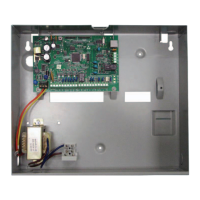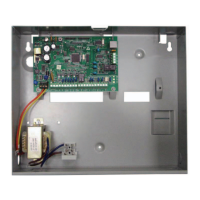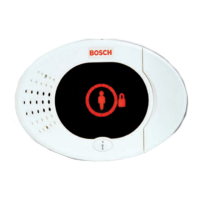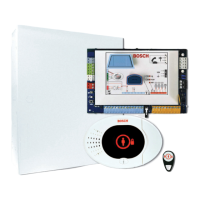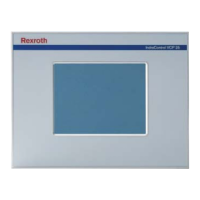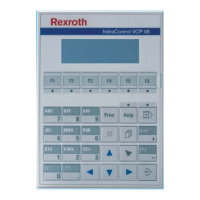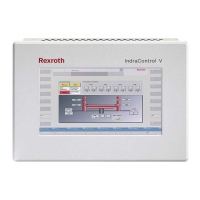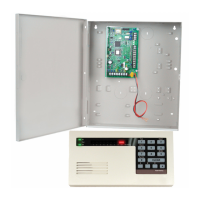Do you have a question about the Bosch ICP-CC404 and is the answer not in the manual?
Describes the status of each zone indicator on the codepad, including sealed, unsealed, and alarm states.
Shows when the system is armed in AWAY Mode and its operation.
Shows when the system is armed in STAY Mode and its status.
Indicates when the system is disarmed, showing the OFF indicator light.
Shows the status of the system's AC MAINS supply: normal or failed.
Indicates system disarmed status or when a zone becomes unsealed.
Shows when the system is armed in AWAY Mode or a zone is in alarm.
Lights if the system detects a fault, indicating a need for correction.
Defines the various audible signals generated by the codepad buzzer for system feedback.
Details the procedures for arming the ICP-CC404 system in AWAY Mode when departing the premises.
Explains how to arm the system for perimeter security, allowing movement in isolated areas.
Details arming for perimeter security with automatic zone isolation options.
Instructions for programming zones for automatic isolation in STAY Mode 2.
How to add or change system user codes, including master and standard codes.
Instructions for programming radio remote user codes (keyfobs).
Procedures for deleting existing system user codes and radio user codes.
Explains keyfob indications for system status like armed, disarmed, or in STAY Mode.
Describes the silent hold-up alarm triggered by a specific user code entry.
Activates an audible alarm via specific simultaneous key presses on the codepad.
Activates a distinct fire sound alarm upon simultaneous key presses.
Activates an audible medical alarm upon simultaneous key presses.
Restricts access attempts after invalid code entry, triggering an alarm.
Allows manual disabling of zones before arming the system without a valid code.
Enables zone isolation only for user codes with the specific priority level.
Indicates loss of AC mains supply and how to acknowledge the fault.
Details the procedure to enter Fault Analysis Mode for determining system faults.
Lists fault conditions and the corresponding zone LED indicators for diagnosis.
Programs call forward options to activate when the system is armed in AWAY Mode.
Automatically disables the call forward sequence when the system is disarmed.
Tests the operation of the system's horn speaker.
Tests the bell output of the alarm system.
Tests the strobe light function of the alarm system.
Tests the proper operation of detection devices by simulating zone activations.
Sends a test report to the monitoring station without sounding sirens.
Explains how to acknowledge incoming alarm calls from the system.
Sets up telephone numbers for the system to call during an alarm event.
Instructions for temporarily suspending automatic dialing features.
Explains the meaning of different display codes for zone status in pager reporting.
Describes the system status information digits used in pager transmissions.
Describes each zone and marks zones programmed for automatic isolation or day alarm.
Allows assigning custom names to user codes for easier identification.
Configuration settings for entry timers and exit delay time.
Settings for various arming modes, including single button and remote arming.
Configuration details for system outputs, such as controlling external devices.
Defines the available methods for manually isolating zones within the system.
Settings related to back-to-base reporting and domestic reporting configurations.
Configuration for siren run time, sensor watch, and service technician details.
Describes the status of each zone indicator on the codepad, including sealed, unsealed, and alarm states.
Shows when the system is armed in AWAY Mode and its operation.
Shows when the system is armed in STAY Mode and its status.
Indicates when the system is disarmed, showing the OFF indicator light.
Shows the status of the system's AC MAINS supply: normal or failed.
Indicates system disarmed status or when a zone becomes unsealed.
Shows when the system is armed in AWAY Mode or a zone is in alarm.
Lights if the system detects a fault, indicating a need for correction.
Defines the various audible signals generated by the codepad buzzer for system feedback.
Details the procedures for arming the ICP-CC404 system in AWAY Mode when departing the premises.
Explains how to arm the system for perimeter security, allowing movement in isolated areas.
Details arming for perimeter security with automatic zone isolation options.
Instructions for programming zones for automatic isolation in STAY Mode 2.
How to add or change system user codes, including master and standard codes.
Instructions for programming radio remote user codes (keyfobs).
Procedures for deleting existing system user codes and radio user codes.
Explains keyfob indications for system status like armed, disarmed, or in STAY Mode.
Describes the silent hold-up alarm triggered by a specific user code entry.
Activates an audible alarm via specific simultaneous key presses on the codepad.
Activates a distinct fire sound alarm upon simultaneous key presses.
Activates an audible medical alarm upon simultaneous key presses.
Restricts access attempts after invalid code entry, triggering an alarm.
Allows manual disabling of zones before arming the system without a valid code.
Enables zone isolation only for user codes with the specific priority level.
Indicates loss of AC mains supply and how to acknowledge the fault.
Details the procedure to enter Fault Analysis Mode for determining system faults.
Lists fault conditions and the corresponding zone LED indicators for diagnosis.
Programs call forward options to activate when the system is armed in AWAY Mode.
Automatically disables the call forward sequence when the system is disarmed.
Tests the operation of the system's horn speaker.
Tests the bell output of the alarm system.
Tests the strobe light function of the alarm system.
Tests the proper operation of detection devices by simulating zone activations.
Sends a test report to the monitoring station without sounding sirens.
Explains how to acknowledge incoming alarm calls from the system.
Sets up telephone numbers for the system to call during an alarm event.
Instructions for temporarily suspending automatic dialing features.
Explains the meaning of different display codes for zone status in pager reporting.
Describes the system status information digits used in pager transmissions.
Describes each zone and marks zones programmed for automatic isolation or day alarm.
Allows assigning custom names to user codes for easier identification.
Configuration settings for entry timers and exit delay time.
Settings for various arming modes, including single button and remote arming.
Configuration details for system outputs, such as controlling external devices.
Defines the available methods for manually isolating zones within the system.
Settings related to back-to-base reporting and domestic reporting configurations.
Configuration for siren run time, sensor watch, and service technician details.
| Model | ICP-CC404 |
|---|---|
| Manufacturer | Bosch |
| Type | Control Panel |
| Part Number | ICP-CC404 |
| No of Points | 4 |
| No of onboard zones | 4 |
| Input Voltage | 16.5 VAC |
| Standby Current | 50 mA |
| Alarm Current | 300 mA |
| Compatibility | Compatible with Bosch sensors and devices |
